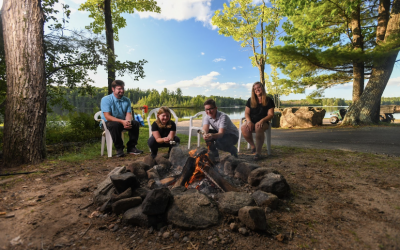With summer fast approaching, we need to protect ourselves from the powerful yet desired sun. The sun’s rays are so strong that they can permeate clouds as well as both car and home windows. Every day we need to wear SPF (Sun Protection Factor) because we may not always see the sun…but the sun always sees us.
Types of Ultraviolet Rays
There are two distinct types of UV rays that damage the skin in different ways. UVA Rays are the aging rays and travel deeper into the skin, slowly destroying collagen and elastin. UVB are the burning rays and directly impact the outer layer of the skin. When someone looks “healthy” with that summer tan, the tan is simply sun damage. Both UVA and UVB rays cause cancer.
Sunscreen Variations
Shopping for sunscreens can be confusing since there are so many variations, and to the untrained eye, they all may look the same.
Chemical SPF absorbs the light energy of the UV forcing a chemical reaction which changes the light energy to heat energy. This chemical reaction can cause a reaction on sensitized or sensitive skin. The active ingredient, avobenzone, absorbs into the skin and can cause inflammation.
Physical SPF reflects the light off the skin, much like a mirror would. Popular ingredients include zinc oxide and titanium oxide and these products are better equipped to protect acne prone or sensitive skin. There may be an initial whitish hue when these products are applied as they are thicker and white in color.
Broad Spectrum protects against both UVA and UVB rays. In addition, SPF 30 blocks 97% of UVA rays and SPF 50 blocks 98% of UVA rays. There really is not added protection above SPF 50.
Tips
• Avoid the hottest part of the day from 10-4pm
• Use 1 teaspoon of sunscreen for the entire face and neck and 1 oz (shot glass size) for the entire body
• Reapply sunscreen every two hours or less unless you are swimming or sweating-if either of these are occurring, re-apply every 40 minutes
• Don’t mix SPF with moisturizer as it weakens the power of the SPF. Instead, first layer the moisturizer then put the SPF on top.
We have waited months for summer and for all fun things that accompany it. Enjoy them all-just protect your skin and your family’s skin before you head out the door.

Christine Gormican graduated from the University of Wisconsin Whitewater with a bachelor of art in communications and writing. She is a district manager for Dermalogica with expert status. She is a licensed and practicing esthetician, who is passionate about healthy skin.



